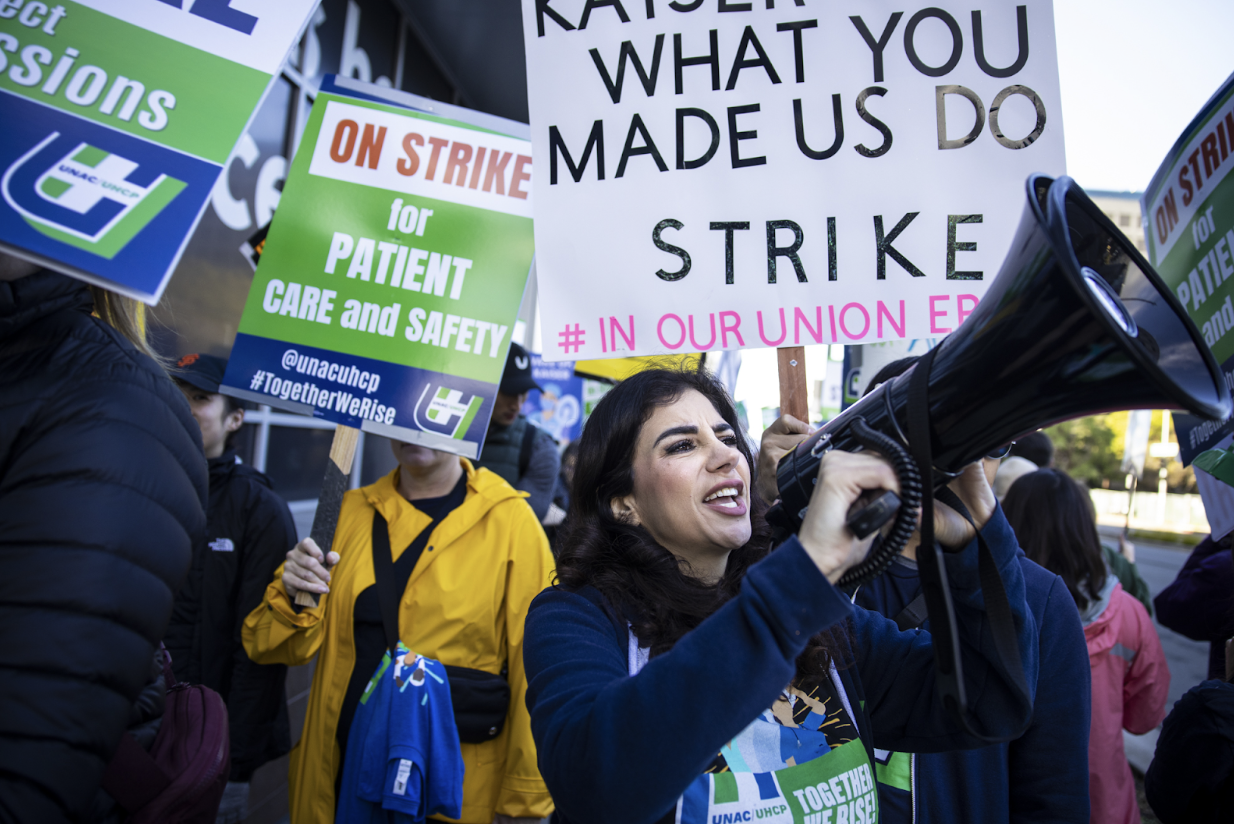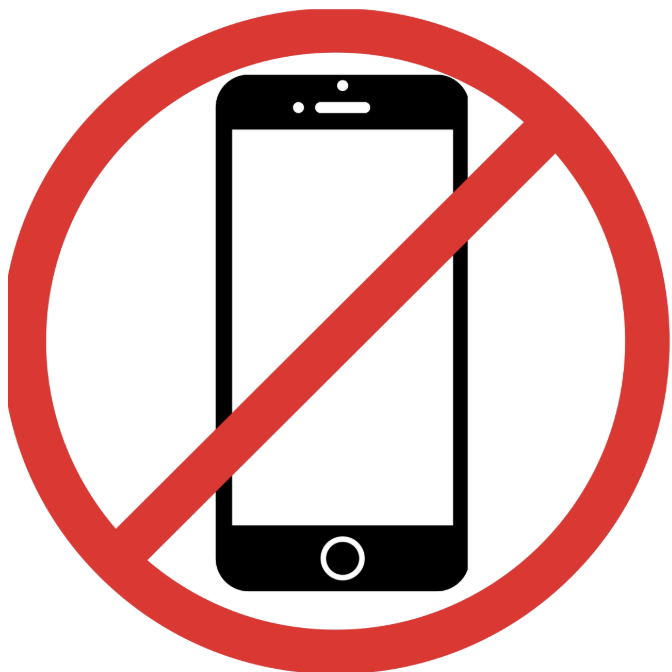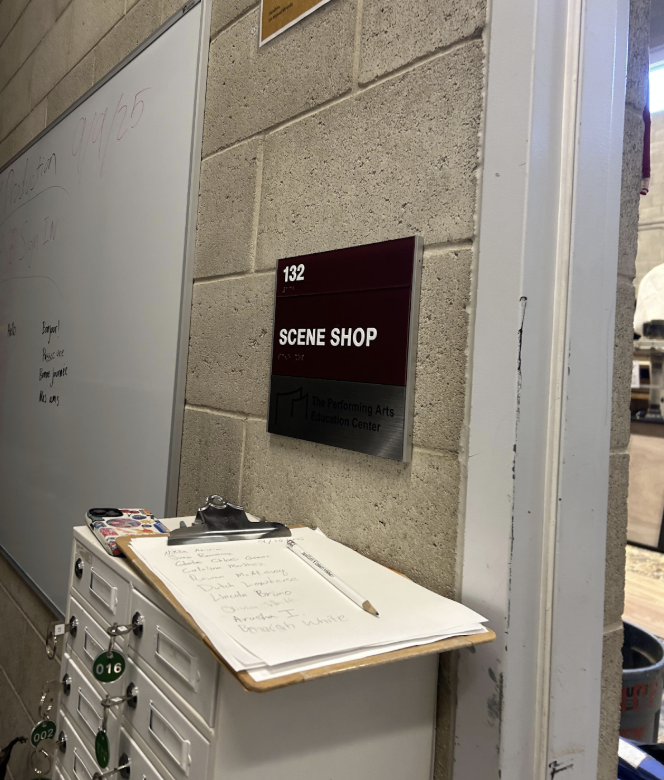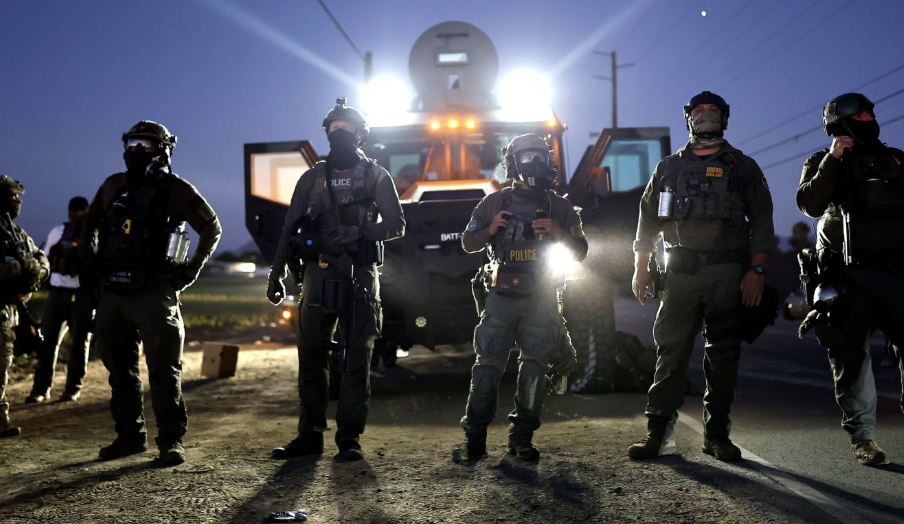Kaiser Permanente Hospital has become a popular news story over the past few weeks, with workers going on strike on Sunday, October 14, 2025.
This demonstration was massive, with more than 75,000 healthcare workers uniting in protest, demanding better staffing, higher wages, and improved working conditions. The workers who participated explained that these conditions are necessary for providing the utmost care and support to their patients.
The strike wouldn’t have been possible without the United Nurses Associations of California and the Alliance of Health Care Unions. Since the 1970s and early 2000s respectively, these federations have supported healthcare workers and been a vital advocate for their needs and benefits.
These Unions, along with the workers themselves, were in the midst of a series of negotiations with the Coalition of Kaiser Permanente Unions when the walkout took place. The Coalition represents a wide range of healthcare workers, including nurses, medical assistants, lab technicians, pharmacists, and administrative staff. Their team worked hard alongside personnel to find a compromise.
After months of unsuccessful contracts and conversations, Kaiser workers demanded that they be heard and compensated, as they collectively went on strike for the following five days.
One main source of contention was understaffing, which had created issues within the hospital. Patients were waiting hours to be seen. Nurses and doctors were burnt out and working overtime to support them.
“You move from room to room like you’re on a timer—because you are,” says Nicole Wooten, Registered Nurse at Kaiser Riverside. “And then, when you finally get to leave, you think about the faces you saw that day—the people you wanted to help more but couldn’t.”
Kaiser has responded by saying that the strikes are unnecessary, but agrees that short staffing is more prominent since the COVID-19 pandemic in 2020.
“At a time when the cost of health care continues to go up steeply, and millions of Americans are having to make the difficult choice to go without coverage, it’s critical that we keep quality, accessible health care coverage affordable,” Kaiser stated.
Kaiser management argues the strike is largely driven by demands for a 25% salary increase over the course of four years, which they claim would be harmful to their mission of making healthcare affordable for everyone.
With the rise in inflation, however, the Unions demand that an increase in their wage is necessary and just to meet the rising cost of living. Both the Alliance of Health Care Unions and Kaiser Permanente management reached a compromise.
Instead of the 25% increase that the Union had proposed, Kaiser agreed on 21.5% over the course of the next four years. Additionally, workers will still be eligible for annual raises and wage adjustments of up to 3% to meet local pay standards in some states.
The strikes have centered in California, Oregon, and Hawaii, but they have drawn national attention and support from health care workers across the United States, ending early Sunday morning, October 19, 2025.









